-
 bitcoin
bitcoin $109667.069529 USD
-3.03% -
 ethereum
ethereum $3936.685804 USD
-4.07% -
 tether
tether $1.000493 USD
0.01% -
 xrp
xrp $2.771823 USD
-4.74% -
 bnb
bnb $957.805027 USD
-5.34% -
 solana
solana $196.735100 USD
-6.68% -
 usd-coin
usd-coin $0.999727 USD
-0.01% -
 dogecoin
dogecoin $0.227355 USD
-5.12% -
 tron
tron $0.335205 USD
-0.81% -
 cardano
cardano $0.779256 USD
-3.59% -
 ethena-usde
ethena-usde $0.999900 USD
-0.06% -
 hyperliquid
hyperliquid $42.492095 USD
-6.61% -
 chainlink
chainlink $20.501853 USD
-4.34% -
 avalanche
avalanche $28.952606 USD
-11.21% -
 stellar
stellar $0.356038 USD
-3.93%
What are token standards (such as ERC-20, ERC-721
Token standards like ERC-20 and ERC-721 ensure interoperability and define how fungible and non-fungible tokens behave across dApps, wallets, and exchanges.
Sep 21, 2025 at 03:54 am
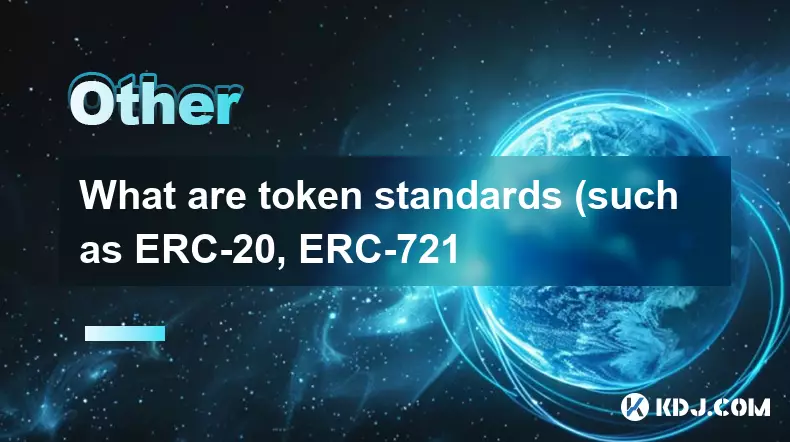
Understanding Token Standards in the Cryptocurrency Ecosystem
Token standards define a set of rules and functions that tokens on a blockchain must follow to ensure compatibility, interoperability, and predictable behavior. These standards are crucial for developers building decentralized applications (dApps), exchanges listing assets, and wallets managing digital holdings. On blockchains like Ethereum, token standards are implemented through smart contracts and governed by community-driven proposals known as Ethereum Improvement Proposals (EIPs). The most widely adopted standards include ERC-20 for fungible tokens and ERC-721 for non-fungible tokens (NFTs), each serving distinct use cases across finance, gaming, identity, and digital ownership.
ERC-20: The Foundation of Fungible Tokens
The ERC-20 standard is one of the most influential specifications in the cryptocurrency space, enabling the creation of interchangeable digital assets. It outlines a common list of functions such as transferring tokens, querying account balances, and approving token spending, which ensures consistency across different implementations.
- ERC-20 tokens are fully divisible and identical, making them suitable for use as cryptocurrencies, utility tokens, or stablecoins.
- Projects launching initial coin offerings (ICOs) frequently adopt ERC-20 due to its widespread support across wallets and exchanges.
- Developers can deploy ERC-20-compliant tokens without modifying the underlying Ethereum protocol, accelerating time-to-market.
- Interactions with decentralized finance (DeFi) protocols—such as lending, staking, and yield farming—rely heavily on ERC-20 compatibility.
- The uniformity provided by ERC-20 reduces integration complexity for service providers and enhances user trust in token behavior.
ERC-721: Enabling Unique Digital Assets
Unlike ERC-20, the ERC-721 standard introduces non-fungibility, meaning each token is unique and not interchangeable on a one-to-one basis. This innovation has fueled the rise of digital collectibles, virtual real estate, and verifiable ownership of rare items.
- Each ERC-721 token carries a distinct identifier, allowing it to represent singular assets such as artwork, domain names, or in-game items.
- Ownership and transfer history are transparently recorded on-chain, providing immutable proof of provenance.
- Marketplaces like OpenSea and Rarible rely on ERC-721 compliance to list and trade NFTs seamlessly.
- Smart contracts governing ERC-721 tokens can embed metadata, including images, attributes, and licensing details.
- The ability to cryptographically verify uniqueness has redefined digital ownership models and created new economic ecosystems around creative content.
Other Notable Token Standards
While ERC-20 and ERC-721 dominate the landscape, additional standards address specific needs such as semi-fungibility, efficiency, and advanced functionality.
- ERC-1155 allows a single contract to manage multiple token types, both fungible and non-fungible, reducing gas costs and improving scalability in gaming and multi-asset platforms.
- ERC-777 introduces enhanced features like hooks that trigger actions upon token receipt, offering greater control over transaction handling.
- ERC-884 enables the representation of shares in corporations using individual email-address-based identities, blending traditional governance with blockchain transparency.
- BEP-20, Binance Smart Chain’s equivalent to ERC-20, supports cross-chain asset deployment while maintaining similar functional structures.
- The evolution of token standards reflects growing demand for flexibility, security, and specialized capabilities within decentralized systems.
Frequently Asked Questions
What distinguishes fungible from non-fungible tokens? Fungible tokens are identical and interchangeable, like currency notes, where one unit holds the same value as another. Non-fungible tokens are unique and carry distinct properties, making each token irreplaceable and individually valuable.
Can a token comply with more than one standard simultaneously? Yes, certain tokens are designed to adhere to multiple standards. For example, an ERC-1155 contract can issue both fungible and non-fungible tokens within the same framework, enabling hybrid asset models.
How do wallet providers support different token standards? Wallets implement parsers and interfaces that recognize standard function signatures. When a user adds a custom token, the wallet queries the contract to determine its type and display relevant data such as balance or metadata.
Are token standards legally binding? No, token standards are technical specifications, not legal agreements. However, they influence how tokens operate within decentralized networks and may impact regulatory classification depending on jurisdiction.
Disclaimer:info@kdj.com
The information provided is not trading advice. kdj.com does not assume any responsibility for any investments made based on the information provided in this article. Cryptocurrencies are highly volatile and it is highly recommended that you invest with caution after thorough research!
If you believe that the content used on this website infringes your copyright, please contact us immediately (info@kdj.com) and we will delete it promptly.
- XRP Price: October Rally on the Horizon After September Consolidation?
- 2025-09-26 16:25:13
- Bitcoin Price Wobbles: Investors Buy the Dip as Powell's Words Stir Uncertainty
- 2025-09-26 16:25:13
- Kaspa Price, Smart Contracts, and the 2026 Forecast: A New York Minute
- 2025-09-26 16:30:01
- Bitwise, Hyperliquid ETF, and HYPE Token: What's the Deal?
- 2025-09-26 16:45:14
- B HODL, Bitcoin, and Treasury Purchases: The New Institutional Playbook
- 2025-09-26 17:05:15
- Cloudflare, Stablecoins, and AI Agents: A New Era of Automated Finance
- 2025-09-26 16:45:14
Related knowledge
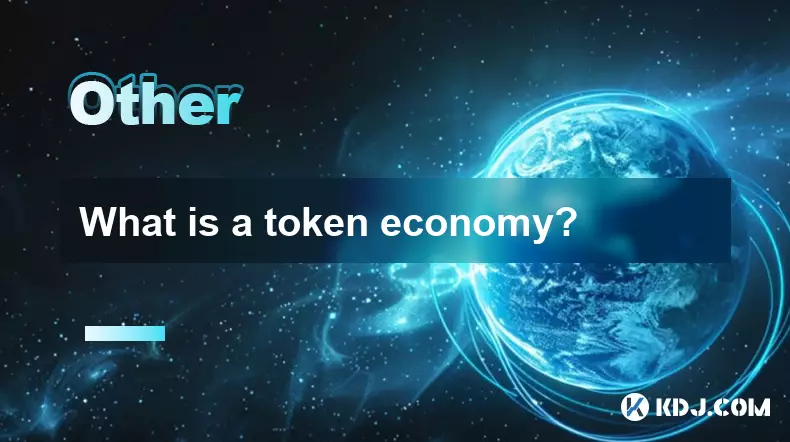
What is a token economy?
Sep 20,2025 at 12:18am
Understanding the Foundations of a Token Economy1. A token economy in the context of cryptocurrency refers to a system where digital tokens are used a...
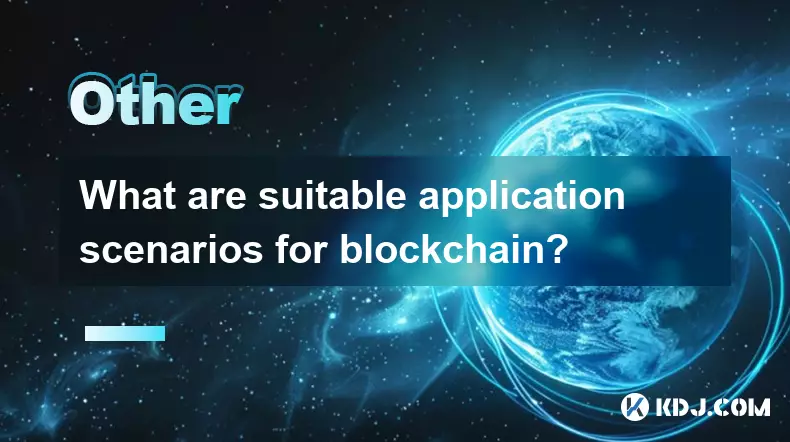
What are suitable application scenarios for blockchain?
Sep 20,2025 at 03:19am
Decentralized Finance (DeFi) Platforms1. Blockchain enables the creation of financial services without centralized intermediaries, allowing users to l...
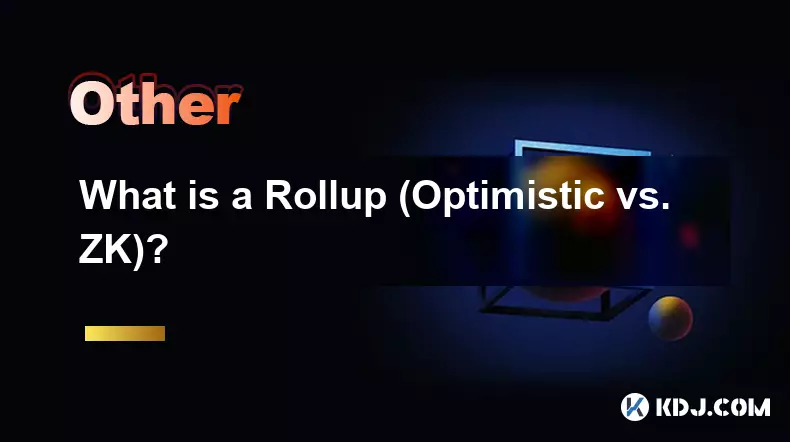
What is a Rollup (Optimistic vs. ZK)?
Sep 22,2025 at 03:00pm
Understanding Rollups in Blockchain Technology1. Rollups are layer-2 scaling solutions designed to increase transaction throughput on blockchains like...
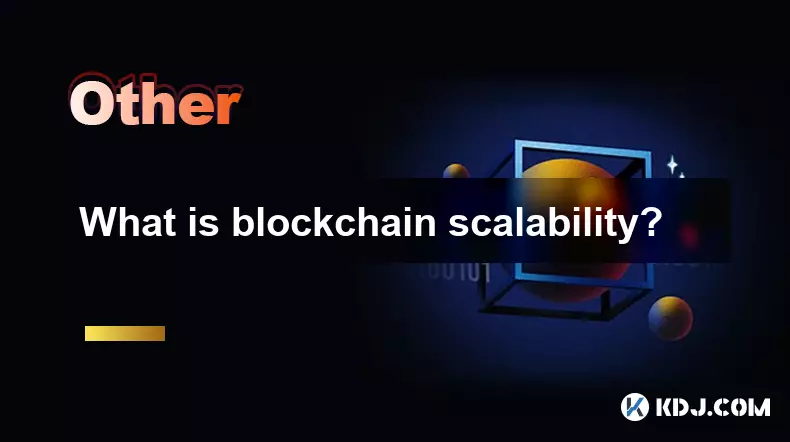
What is blockchain scalability?
Sep 19,2025 at 06:18am
Understanding Blockchain Scalability1. Blockchain scalability refers to a network's ability to handle an increasing number of transactions without com...
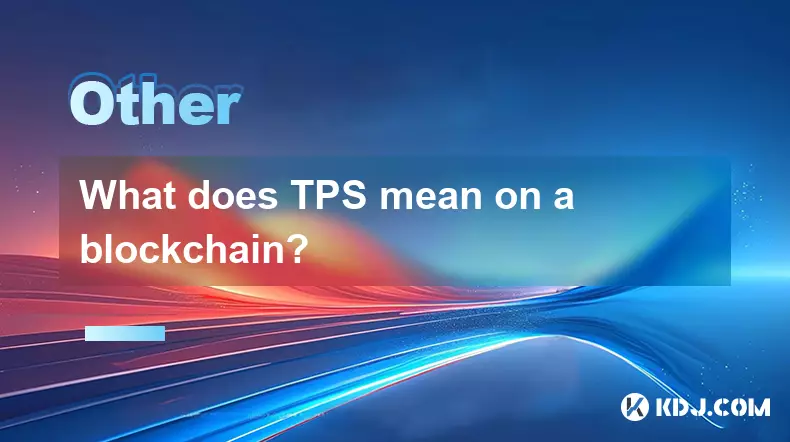
What does TPS mean on a blockchain?
Sep 21,2025 at 09:54am
Understanding TPS in Blockchain Technology1. TPS stands for Transactions Per Second, a metric used to measure the number of transactions a blockchain ...
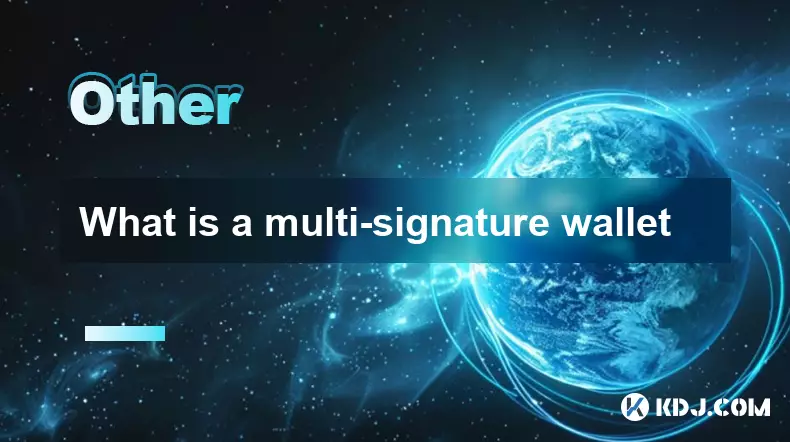
What is a multi-signature wallet
Sep 20,2025 at 07:00am
Understanding Multi-Signature Wallets in Cryptocurrency1. A multi-signature wallet, often referred to as a multisig wallet, is a type of cryptocurrenc...

What is a token economy?
Sep 20,2025 at 12:18am
Understanding the Foundations of a Token Economy1. A token economy in the context of cryptocurrency refers to a system where digital tokens are used a...

What are suitable application scenarios for blockchain?
Sep 20,2025 at 03:19am
Decentralized Finance (DeFi) Platforms1. Blockchain enables the creation of financial services without centralized intermediaries, allowing users to l...

What is a Rollup (Optimistic vs. ZK)?
Sep 22,2025 at 03:00pm
Understanding Rollups in Blockchain Technology1. Rollups are layer-2 scaling solutions designed to increase transaction throughput on blockchains like...

What is blockchain scalability?
Sep 19,2025 at 06:18am
Understanding Blockchain Scalability1. Blockchain scalability refers to a network's ability to handle an increasing number of transactions without com...

What does TPS mean on a blockchain?
Sep 21,2025 at 09:54am
Understanding TPS in Blockchain Technology1. TPS stands for Transactions Per Second, a metric used to measure the number of transactions a blockchain ...

What is a multi-signature wallet
Sep 20,2025 at 07:00am
Understanding Multi-Signature Wallets in Cryptocurrency1. A multi-signature wallet, often referred to as a multisig wallet, is a type of cryptocurrenc...
See all articles










































































